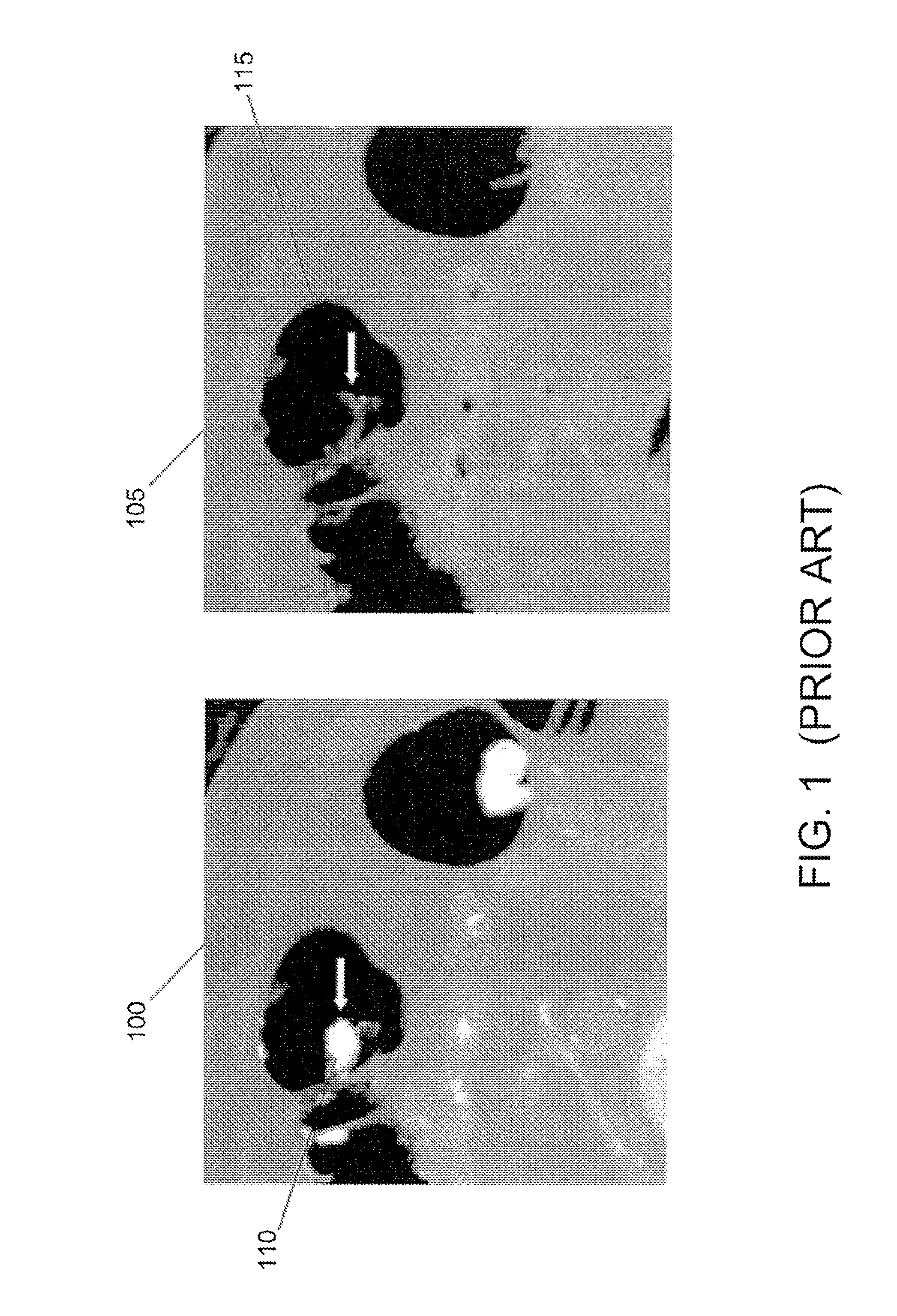Structure-analysis system, method, software arrangement and computer-accessible medium for digital cleansing of computed tomography colonography images
a computed tomography and image technology, applied in image enhancement, instruments, healthcare informatics, etc., can solve the problems of affecting the accuracy of tagged bowel contents, affecting the identification and preservation of folds and polyps, and requiring great care and skill of medical examiners, so as to improve the identification and preservation of folds and polyps, and the effect of accurately removing tagged bowel contents
- Summary
- Abstract
- Description
- Claims
- Application Information
AI Technical Summary
Benefits of technology
Problems solved by technology
Method used
Image
Examples
Embodiment Construction
[0048]Generally, in accordance with exemplary embodiments of the present invention, a system, method, software arrangement and computer-accessible medium are provided for EC of the CT colonography images that combines the use of structure-analysis in the images with a local shape signature to identify and remove tagged bowel contents from the images without affecting the accurate detection of polyps, tumors, and other abnormalities in the colon. As described herein, EC generally refers to a removal of tagged bowel contents and other artifacts from CT colonography images during a virtual colonoscopy. The designed shape-based speed function in level set generally acts on a particular colon surface and at any moment in time, defines a “level-set” partial differential equation (“PDE”) which is solved to determine the surface position. The shape-based speed function may be applied to determine the contour and boundary of surface regions in the colon corresponding to tagged bowel contents...
PUM
 Login to View More
Login to View More Abstract
Description
Claims
Application Information
 Login to View More
Login to View More - R&D
- Intellectual Property
- Life Sciences
- Materials
- Tech Scout
- Unparalleled Data Quality
- Higher Quality Content
- 60% Fewer Hallucinations
Browse by: Latest US Patents, China's latest patents, Technical Efficacy Thesaurus, Application Domain, Technology Topic, Popular Technical Reports.
© 2025 PatSnap. All rights reserved.Legal|Privacy policy|Modern Slavery Act Transparency Statement|Sitemap|About US| Contact US: help@patsnap.com



